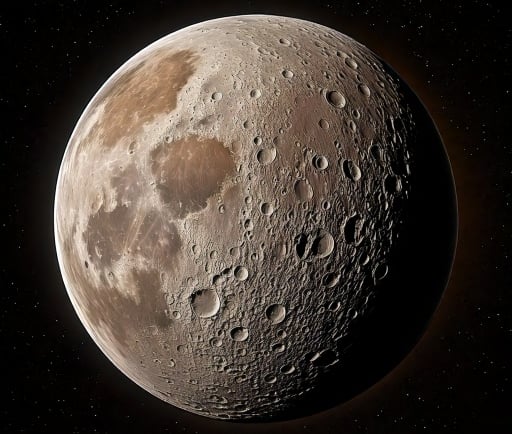Charon: Pluto's Largest Moon and its Unique Characteristics


An Overview of Charon
Charon, the largest of Pluto's five moons, presents a fascinating astronomical study. With a diameter of approximately 1,212 kilometers, it is nearly half the size of its parent body, Pluto. This significant ratio makes Charon the largest known satellite in relation to the size of the object it orbits. The remarkable contrast in size between them raises intriguing questions about their formation and evolution in the icy depths of the Kuiper Belt.
The Relationship Between Charon and Pluto
One of the most captivating aspects of Charon is the phenomenon known as mutual tidal locking. This geological occurrence means that Charon and Pluto always display the same hemispheres toward each other. As a result, both celestial bodies have a synchronously rotating relationship, making it impossible for either to view the opposite side of its partner. This unique characteristic of mutual tidal locking reflects the gravitational interactions that have shaped their orbits over millions of years.
Geological Features and Scientific Exploration
Charon showcases an array of geological features that provide insight into its complex history. The surface of Charon is characterized by a mix of ancient, heavily cratered terrains and younger, less cratered regions, indicating a possible history of geological activity. Notably, the presence of canyons and a variety of surface compositions suggests that Charon may have experienced significant geological changes over time.
NASA's New Horizons mission, which flew by Pluto and its moons in July 2015, provided researchers with detailed images and data about Charon. The data collected has been pivotal in understanding not only Charon’s surface features but also its interaction with Pluto, which in turn offers critical insights into the history of the outer solar system.
As we continue to study Charon and its relationship with Pluto, we uncover more about the dynamics of celestial bodies in our solar system. The discovery of such a unique moon further fuels our curiosity about how moons are formed and their role in the evolutionary processes of planet systems.
In conclusion, Charon serves as a prime example of the complexity and beauty of our universe. Its size, geological features, and mutual tidal locking with Pluto make it an object of intrigue for astronomers and space enthusiasts alike. Ongoing research will undoubtedly yield further revelations about Charon and its place in our planetary system.
